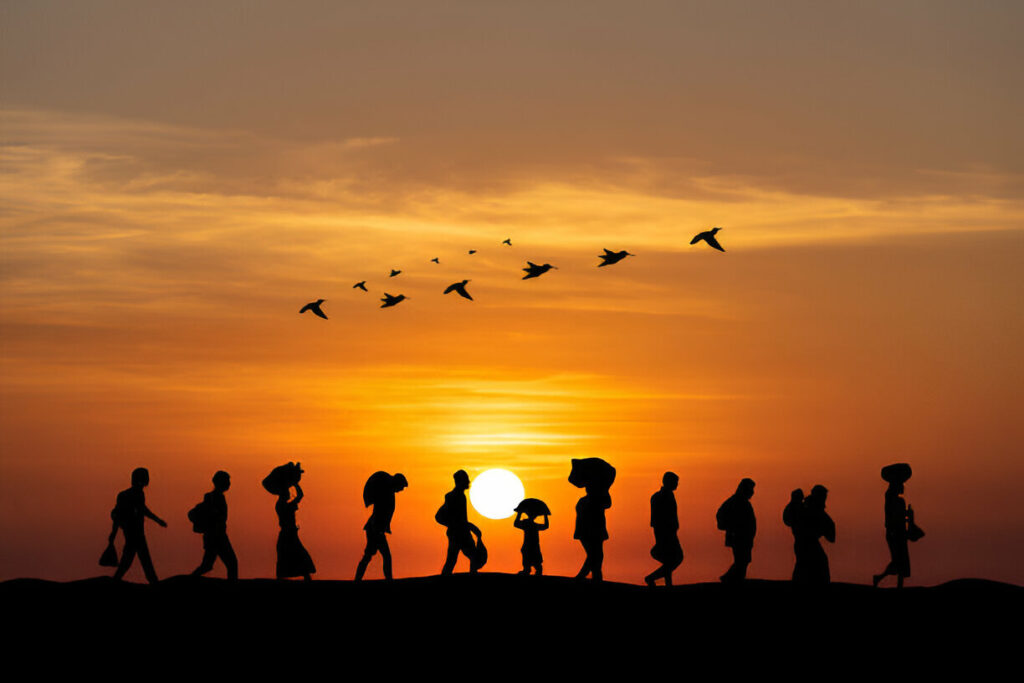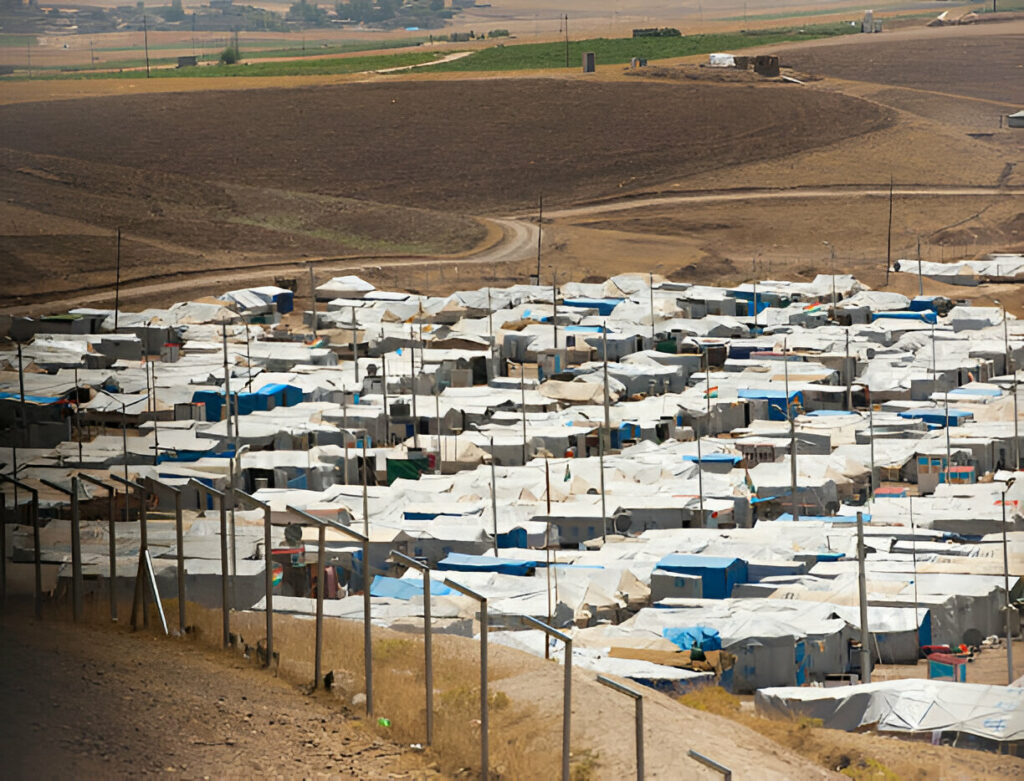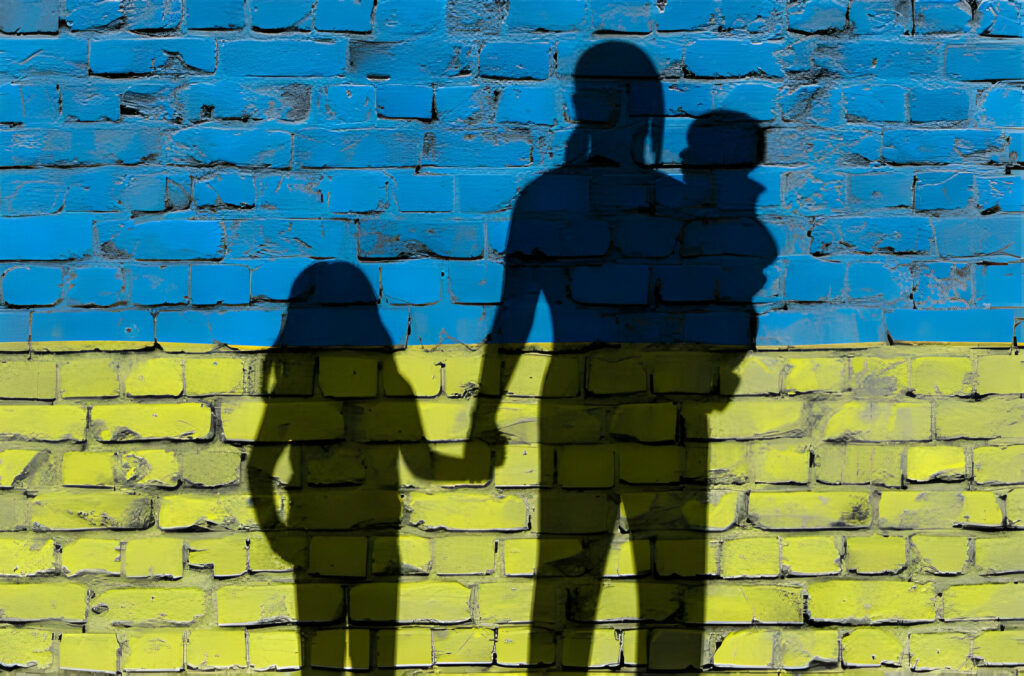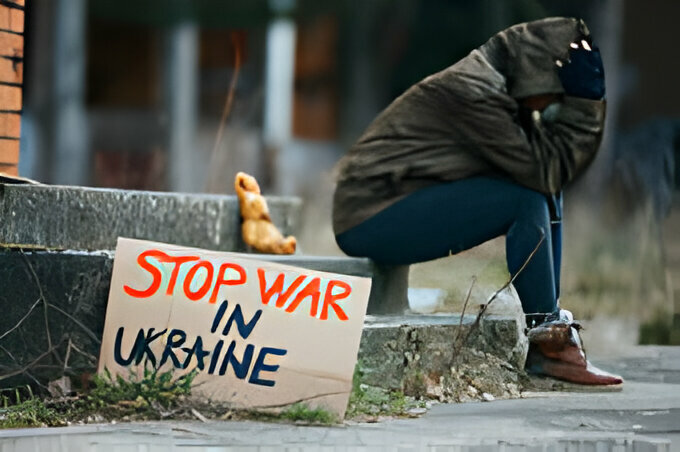
In our world today, displacement has become a profound challenge, with over 114 million individuals forcibly displaced worldwide. Understanding the terms “refugee” and “internally displaced person (IDP)” is crucial to addressing the needs of these vulnerable groups effectively. While each term describes people who have been forced to flee their homes, the specifics of their situations differ significantly, leading to different kinds of international protection and support. These designations are not merely labels; they are legal statuses with distinct meanings that impact the rights, and the types of aid individuals can access. Recognizing these differences is essential for providing appropriate support and crafting effective policies to assist those in dire need.
Definition of a Refugee
The 1951 Refugee Convention defines the term “refugee” as someone who has been forced to flee their country because of persecution, war, or violence. A refugee has a well-founded fear of persecution for reasons of race, religion, nationality, political opinion, or membership in a particular social group. Because of this fear, they are unable or unwilling to return home or avail themselves of the protection of that country.
Refugees must cross an international border to seek safety in another country. They are recognized under international law, which obligates the countries that have signed the Refugee Convention to protect them.
An example is the story of Tetiana from Mykolaiv, Ukraine. Shortly after the outbreak of war, intense bombing in her neighborhood compelled Tetiana to flee with her young son, Bogdan, and other family members.
Each night, Tetiana prepared for the worst, packing a bag with clothes, identity documents, and essentials, ready to flee should their home be destroyed. The decision to head to Moldova was driven by family ties—it was not only the closest border crossing but also her father’s homeland. She embarked on this difficult journey with her sister, nephew, friend, and her friend’s daughter.
The journey proved extremely dangerous. “Mykolaiv is situated on the River Bug, and the only way to get to Odessa is across the Varvarovsky drawbridge,” Tetiana explains. As they approached the bridge, air raid sirens wailed, and police were turning vehicles back because the bridge was raised. Stuck in traffic and unable to turn back, they were trapped for four hours, bombs sounding overhead without any chance to seek shelter. “It was the worst experience of my entire life,” Tetiana says.
Eventually, the air raids ceased, and they could continue. Though the border was only 100 km away, the trip took them 12 excruciating hours. Exhausted but relieved, they were warmly welcomed by Moldovan volunteers upon arrival.
Despite the trauma and the toll on her mental health, finding safety in Moldova and accessing mental health and psychosocial support services has allowed Tetiana to begin planning for a hopeful future. Her harrowing experience highlights the severe conditions that force people to become refugees, searching for safety far from their troubled homelands.
Related Posts: Providing Affordable Housing for Refugees
6 Ways You Can Help Refugees
Definition of an Internally Displaced Person (IDP)

In contrast, an internally displaced person remains within their own country despite having fled their home for similar reasons as refugees, such as armed conflict, generalized violence, violations of human rights, or natural or human-made disasters. IDPs do not cross an international border but share the same urgent needs as refugees, including shelter, food, and protection. Unlike refugees, IDPs remain legally under the protection of their own government, even if the government’s actions are the reason for their displacement. This can complicate their access to aid and protection. For instance, the vast numbers of people displaced within the Democratic Republic of Congo are considered IDPs.
An example of the challenges faced by IDPs is the story of the Pilipanko family from Zaporizhzhia City in Ukraine. After a deadly bombardment near their home, Katerina Pilipanko, now a single mother, and her two children faced escalating dangers daily. The local education system collapsed into virtual modalities, significantly disrupting the children’s schooling. Health deteriorating and increasingly concerned for her children’s safety—frequently confined to bomb shelters—Katerina decided to seek safer conditions.
In 2023, they found temporary respite in Uzhhorod, on the other side of Ukraine, where Katerina became involved with a ministry aiding families and leading support groups. Yet, the return to Zaporizhzhia exposed them once again to constant bombardment. Determined to protect her children, Katerina moved her family permanently to Uzhhorod. Here, they struggled initially with housing but eventually found shelter through the Transform Uzhhorod Alliance, a community work of Transform Ukraine, providing them not just a safe space but a dignified environment to rebuild their lives.
Katerina’s story underscores the dire circumstances faced by IDPs, who seek safety within their own country but often encounter hardships similar to refugees, such as the need for food, shelter, and security. Their experiences highlight the resilience required to manage such internal upheavals and the critical need for supportive measures from both national governments and international bodies.
For another powerful story of resilience and adaptation among internally displaced persons, read about the Bahlik Family’s journey and how they found a new beginning in the Velyki Lazy IDP community.
What Transform Ukraine is Doing to Help Internally Displaced Persons
As the conflict in Ukraine escalated, the urgent need for safe, temporary housing became clear. Transform Ukraine responded by establishing several temporary housing facilities, which quickly grew from 2 to 11 locations, providing 550 beds to accommodate the influx of refugees and internally displaced persons from cities like Kyiv and Odesa. However, these facilities could only offer short-term shelter for a night or two, underscoring the need for a more permanent solution.
In response, Transform Ukraine has launched an initiative to build Tiny Homes. These homes are designed to provide a stable and long-term housing solution for displaced families, offering safety, access to employment, and a supportive community environment. This initiative not only addresses the immediate housing crisis but also aims to foster an environment where families can thrive away from the stress of temporary living conditions.
We invite you to join us in this effort by supporting the construction of Tiny Homes. Your contribution will help provide a sustainable home for those displaced by the conflict and ensure the continued support of the Ukrainian communities in need, like the Pilipanko and Bahlik families, our first two residents. Together, we can make a lasting impact and help pave the way for recovery and resilience in Ukraine. Visit Rebuild Ukraine for more information on how you can help Transform Ukraine serve the IDP community with dignity.


